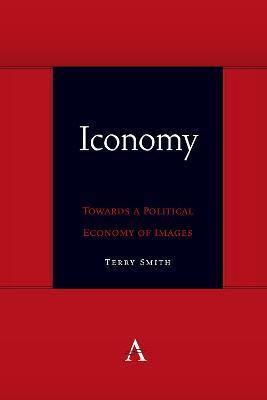Iconomy: Towards a Political Economy of Images argues that imagery of all kinds--from visual icons in social media, advertising, news broadcasting and political campaigns, in architecture and art through to more private realms such as dreams--has become a definitive force in the shaping of contemporary life. It has become a vital part, often a primary medium, in most of the many economies operative within contemporary societies, in commercial exchange, public politics, cultural contestation, and subject formation. They have become, substantially, iconomic. Yet this imagery is generated and flows, accretes, shifts, and swops, runs free or is managed, according to its inherent potentials and limits--that is, for all its immersion in wider economies, however much it saturates them, it is an economy of its own, an iconomy. Part I traces conceptualizations of links between seeing and planning, images and economies, through Plato's cave allegory, medieval iconoclasm, Marx's theories of commodity, and Debord's spectacle society, up to interpretations of the systemic saturation of contemporary imaginaries by images (mostly visual), ostensive performances, and exhibitionary exchanges deployed through widely shared yet intensely managed screen and surveillance technologies. The implicit politics of this economy become explicit in Part II, which explores the iconopolitics of (i) the (mis)management of imagery associated with SARS-CoV-19; (ii) the ubiquity, retreat and possible resurgence of the image regime centered on Donald J. Trump, along with the Biden response; (iii) the nature and impact of the video of the murder of George Floyd; (iv) the similarities and differences between the videos of the beating of Rodney King in 1991 and the killing of George Floyd in 2020; (v) BLM ignition of imagery around intersectional struggle; (vi) the war of images within the current civil war in the United States; (vii) the potentialities for building community while image wars rage; and (viii) the recent rise of "black aesthetics" within predominantly white artworlds. The book concludes with a reflection on usefulness, and the limitations, of iconomic analyses of contemporary societies. Having arrived at the term "iconomy" in the years just prior to 9/11, and tracking its growing relevance since, Smith argues that its study does not require a discipline serving nation state and globalizing capitalism but, instead, a deconstructive interdiscipline that contributes to planetary wo









